Invasive Species Gallery
-
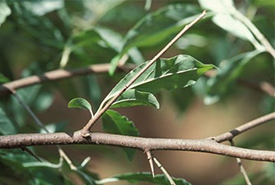
Autumn olive
Autumn olive, along with several other non-native invasive shrubs, was planted in southern Ontario in the 1970s by well-meaning land managers thinking that they would provide excellent wildlife habitat.
-
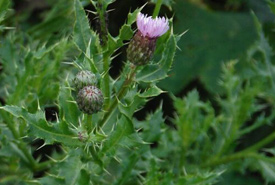
Canada thistle
Despite its name, this invasive thistle is not from Canada. It is believed to have come over from the eastern Mediterranean region. It was likely one of the first weeds that early settlers imported to North America.
-
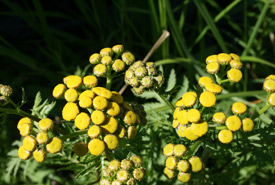
Common tansy
Common tansy is native to Europe, and was introduced to North America in the 1600s as a horticultural and medicinal plant.
-
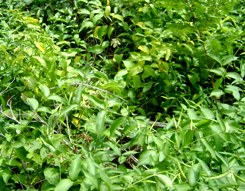
Dog-strangling vine
European swallow-wort, most commonly known as dog-strangling vine, is a member of the milkweed family. Despite its name, it doesn't pose any real threat to dogs.
-
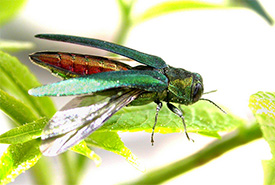
Emerald ash borer
The emerald ash borer (EAB) is a green beetle that was first discovered in North America in 2002. It is native to Asia and is a threat to the entire North American Fraxinus genus, commonly known as ash trees.
-
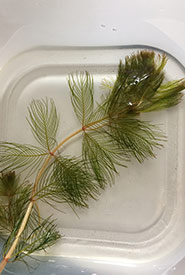
Eurasian milfoil
An invasive aquatic plant, Eurasian milfoil is a weed that grows quickly. Known also as the “zombie plant,” this perennial (plants that live for more than two years) has soft feather-like green leaves that circle around the stem in groups of four or five.
-
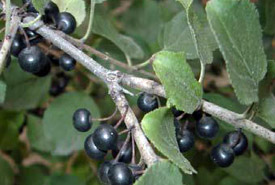
European buckthorn
European buckthorn is native to Eurasia. It was introduced to North America as an ornamental shrub for fencerows and wildlife habitat. This invasive alien species is found in Manitoba and is a large problem in natural areas in Winnipeg.
-
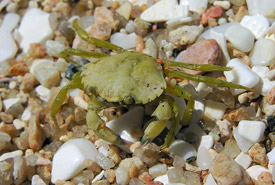
European green crab
The European green crab is considered an aggressively invasive alien species in most of the regions it inhabits. It has spread across the globe by hitching rides on the hulls of ships and is now found on every continent except for Antarctica.





